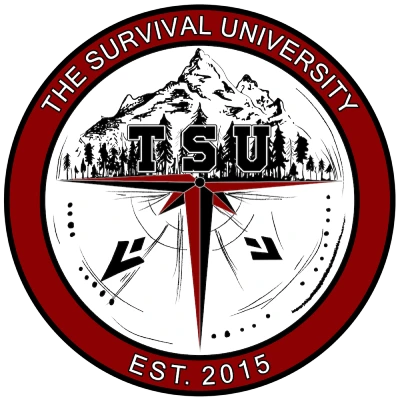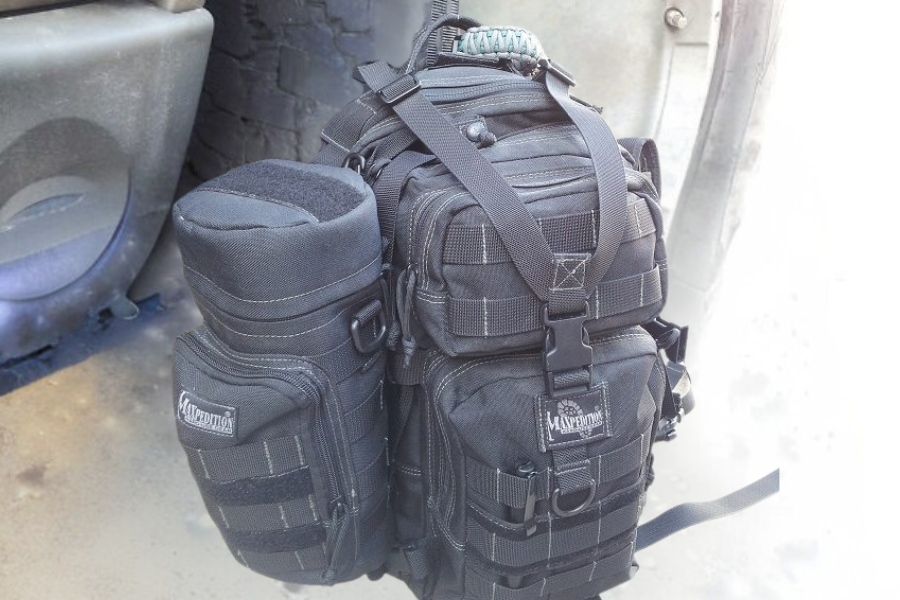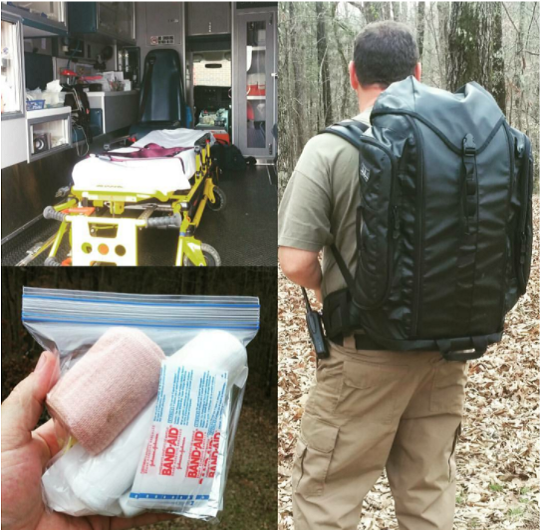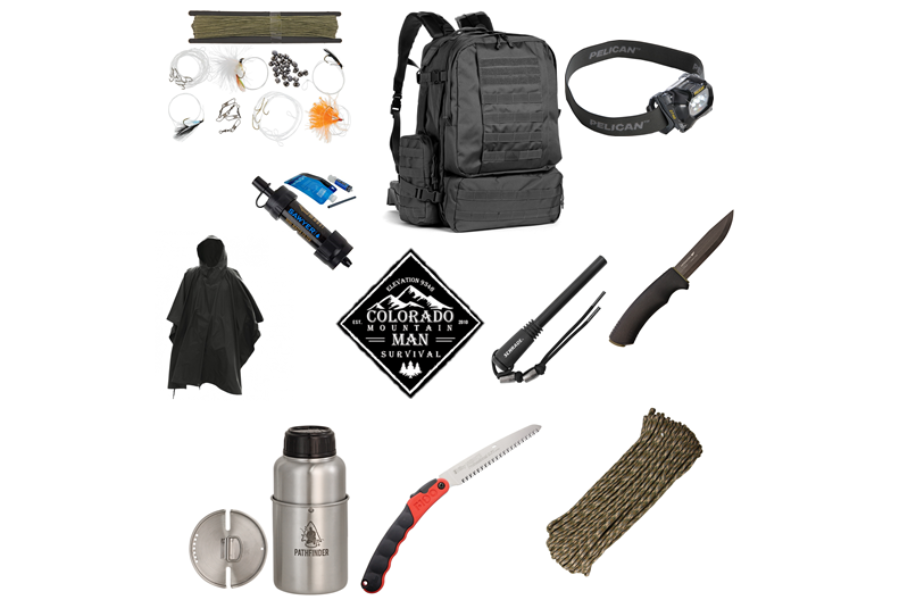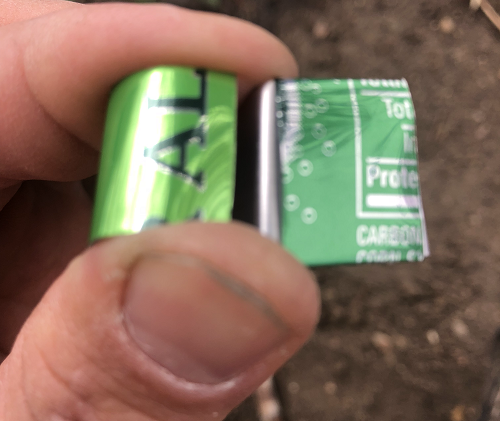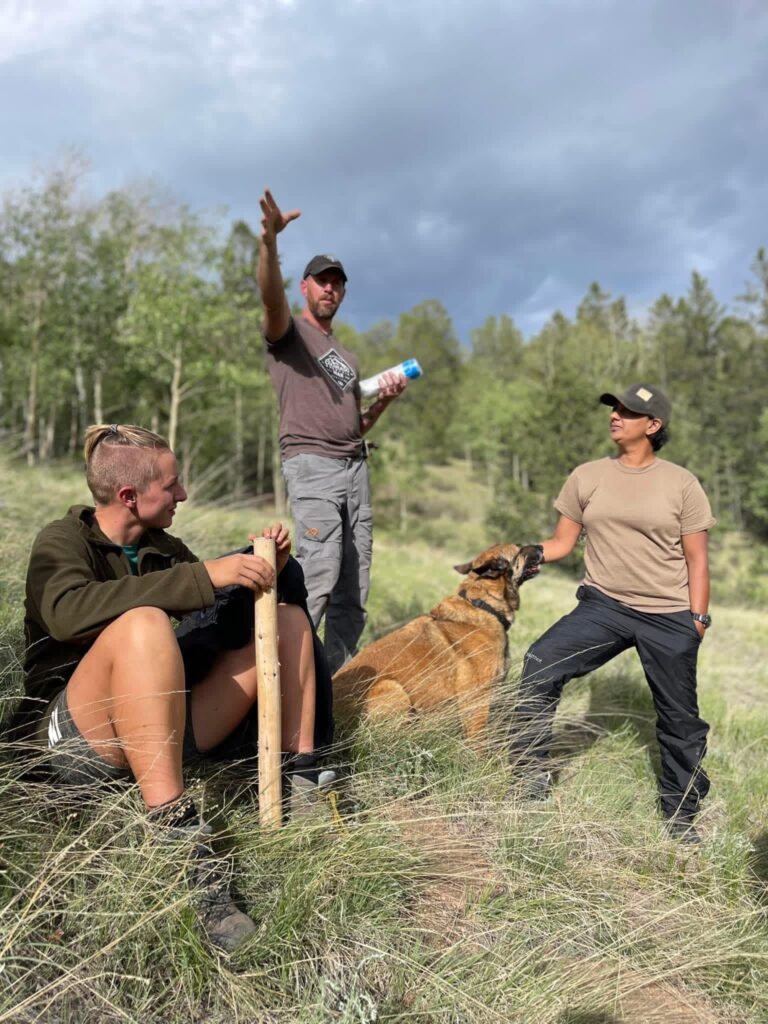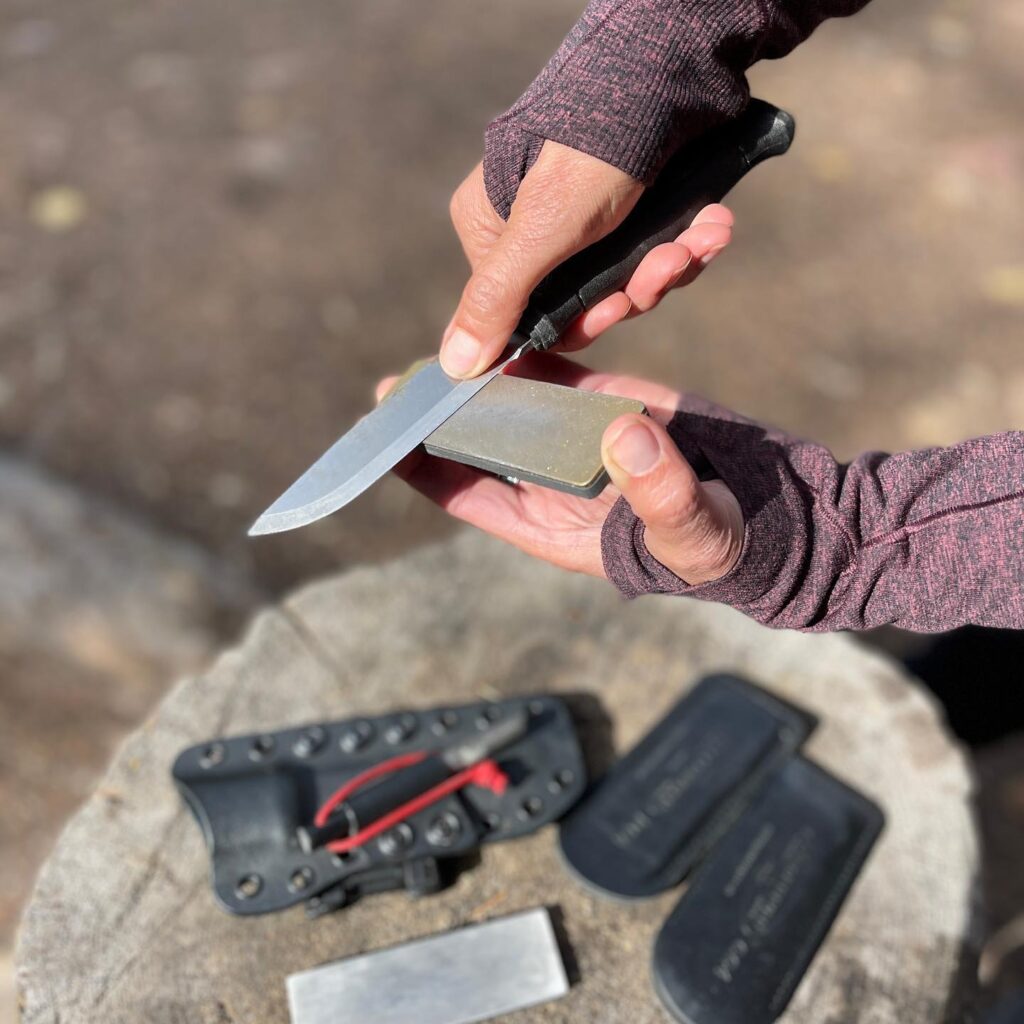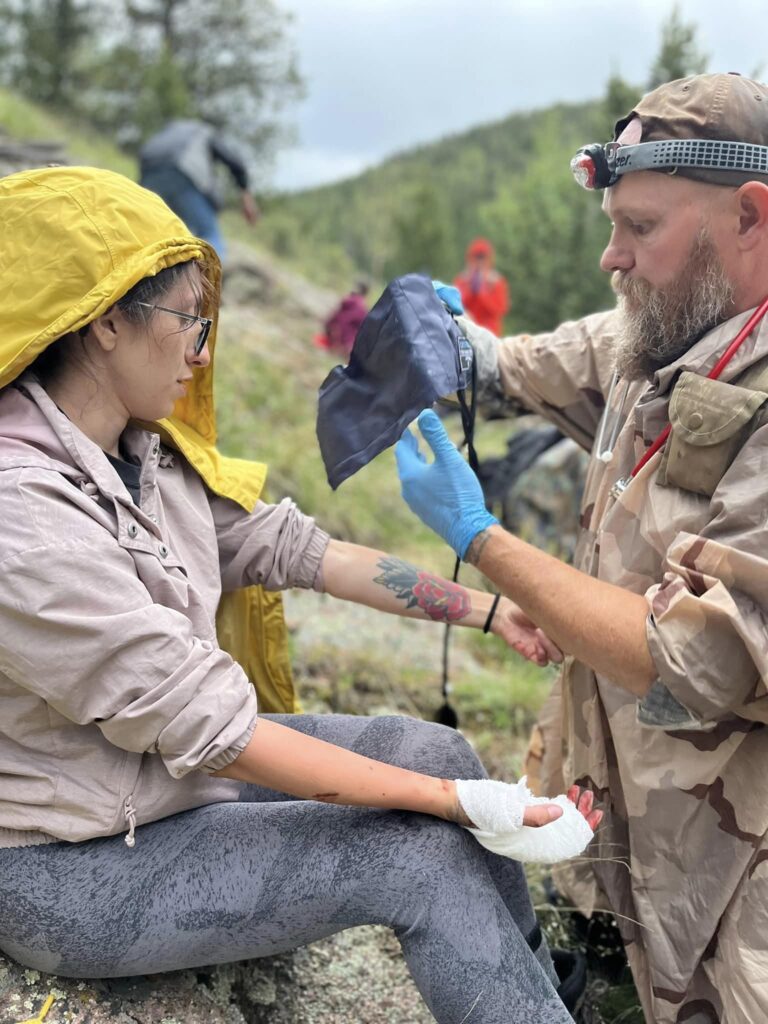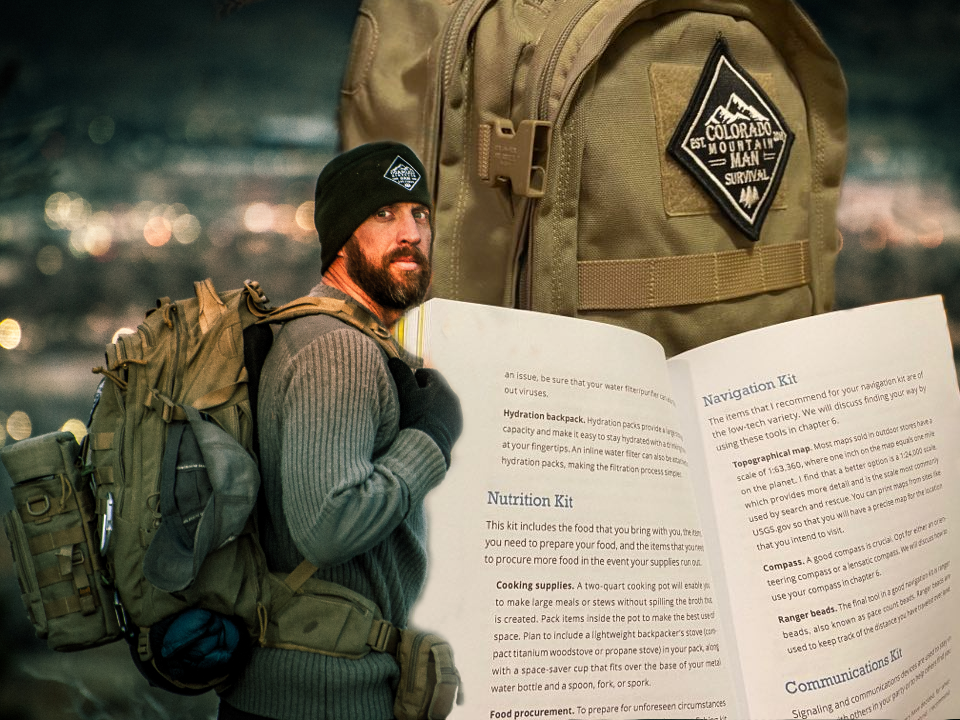Cart
3 min read
March Protocol

Understanding the MARCH Protocol: A Life-Saving Approach
In emergency situations involving massive traumatic injuries, knowing the MARCH protocol can make the difference between life and death. This structured approach prioritizes treatment, enabling first responders to quickly assess the situation and provide care in the correct order of urgency. MARCH is a step-by-step guide that ensures critical interventions are addressed first, stabilizing the patient before attending to less immediate needs.
What Does MARCH Stand For?
M – Massive Hemorrhage
Uncontrolled bleeding is the leading cause of preventable death in trauma situations. The first priority is to stop the bleed:
- Use a tourniquet for severe limb bleeding.
- Apply direct pressure or hemostatic agents if a tourniquet is not an option.
- In extreme cases, you may need to insert your finger directly into the wound to apply pressure to an artery and control the bleeding.
Key Tip: Time is critical—act fast to minimize blood loss.
A – Airway
An open airway is essential for survival. If the patient cannot breathe, immediate action is required:
- Perform a jaw thrust or head-tilt chin lift to open the airway.
- Remove obstructions if visible, but avoid blind sweeps that could push debris further down.
Key Tip: If the patient is talking, they can breath but continue to assess often if they were choking and stop talking.
R – Respirations
Once the airway is open, check for effective breathing and address respiratory trauma:
- If the patient isn’t breathing, provide artificial ventilation.
- Assess for chest wall injuries, such as open wounds or flail chest, and treat appropriately (e.g., seal open chest wounds with an occlusive dressing or chest seal).
Key Tip: Look, listen, and feel for signs of breathing to evaluate the need for immediate intervention.
C – Circulation / C-Spine
Beyond stopping major bleeding, it’s vital to assess overall circulation and stabilize the cervical spine if a spinal injury is suspected:
- Reevaluate the tourniquet and adjust if necessary.
- Check for additional bleeding and control it.
- If a spinal injury is likely, immobilize the cervical spine to prevent further damage.
Key Tip: Monitor the patient’s pulse to ensure adequate blood flow is being maintained. If an tourniquet is applied, there should be no blood flow to that extremity. That’s the point! Don’t take it off!
H – Hypo/Hyperthermia and Helicopter/Hike
Protecting the patient from environmental factors can be just as important as treating physical injuries:
- Prevent hypothermia (even in warm climates) by insulating the patient from the ground and covering them with a blanket or survival gear.
- Address hyperthermia by moving the patient to a cooler environment and hydrating if appropriate.
- Determine whether to stay or evacuate (e.g., via helicopter or hiking). Develop and execute a clear plan.
Key Tip: Stabilizing body temperature improves the chances of survival and reduces complications.
Why the MARCH Protocol Matters
The MARCH protocol is more than just a checklist—it’s a mindset for handling emergencies effectively. By focusing on the most life-threatening issues first, first responders can act quickly and systematically, increasing the patient’s chances of survival.
Whether you’re a trained medic, a wilderness survival enthusiast, or someone who simply wants to be prepared, mastering MARCH equips you with the tools and confidence to save lives when it matters most.
Leave a Comment
The Get Home Bag
We share the get home bag essentials checklist which is everything you might need to get home in the case of an emergency just in...
Fire Cider – Master Tonic
Fire Cider and/or Master Tonic is a concoction that you can make at home that helps combat the flu, other similar illnesses and much, much...
Urban Survival Tips
In an ever more urbanized world, it's crucial to empower people with the know-how to thrive in cities. By following these suggestions, you can boost...
What’s in a Wilderness Medical Kit
All medical kits, should assist you in opening and maintaining an airway, providing ventilations if needed, limiting blood loss, immobilizing a suspected fracture and treating...
Recommended Gear List For Courses
Ultimate gear list for survival courses at The Survival University, covering essentials for various classes from beginners to advanced levels.
Making a Lifesaving Whistle from Trash for Survival
Learn how to make a super quick and highly effective whistle hack that carries over distance. Prioritize your situation and ensure safety when processing found...
81 Basic Survival Tips That You Should Know
Discover essential survival tips for any emergency situation with our comprehensive blog. Stay safe and prepared in the wilderness!
Why a Knife is Not Your Most Important Survival Tool: A COMPARISON OF SKILLS AND TOOLS IN REAL-LIFE SCENARIOS
Discover why a knife is not your most important survival tool in this eye-opening article. Learn crucial wilderness skills for emergencies.
Beyond the Wilderness: How WFR Skills Can Save Lives Anywhere
While the Wilderness First Responder (WFR) class is designed to prepare individuals for medical emergencies in remote, wilderness settings, the skills learned in the course...
Analogy of a Survival Kit
A Survival kit is a package containing essential items and supplies that are designed to help individuals survive during an emergency situation.
